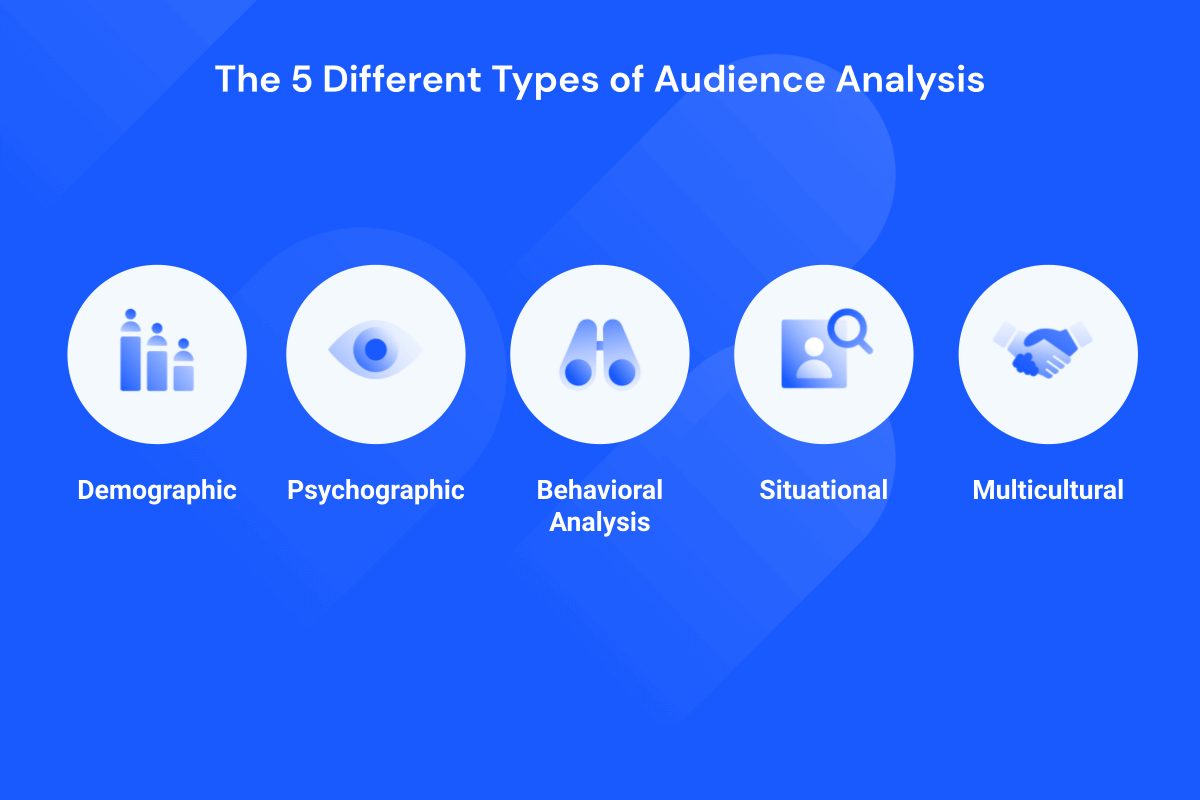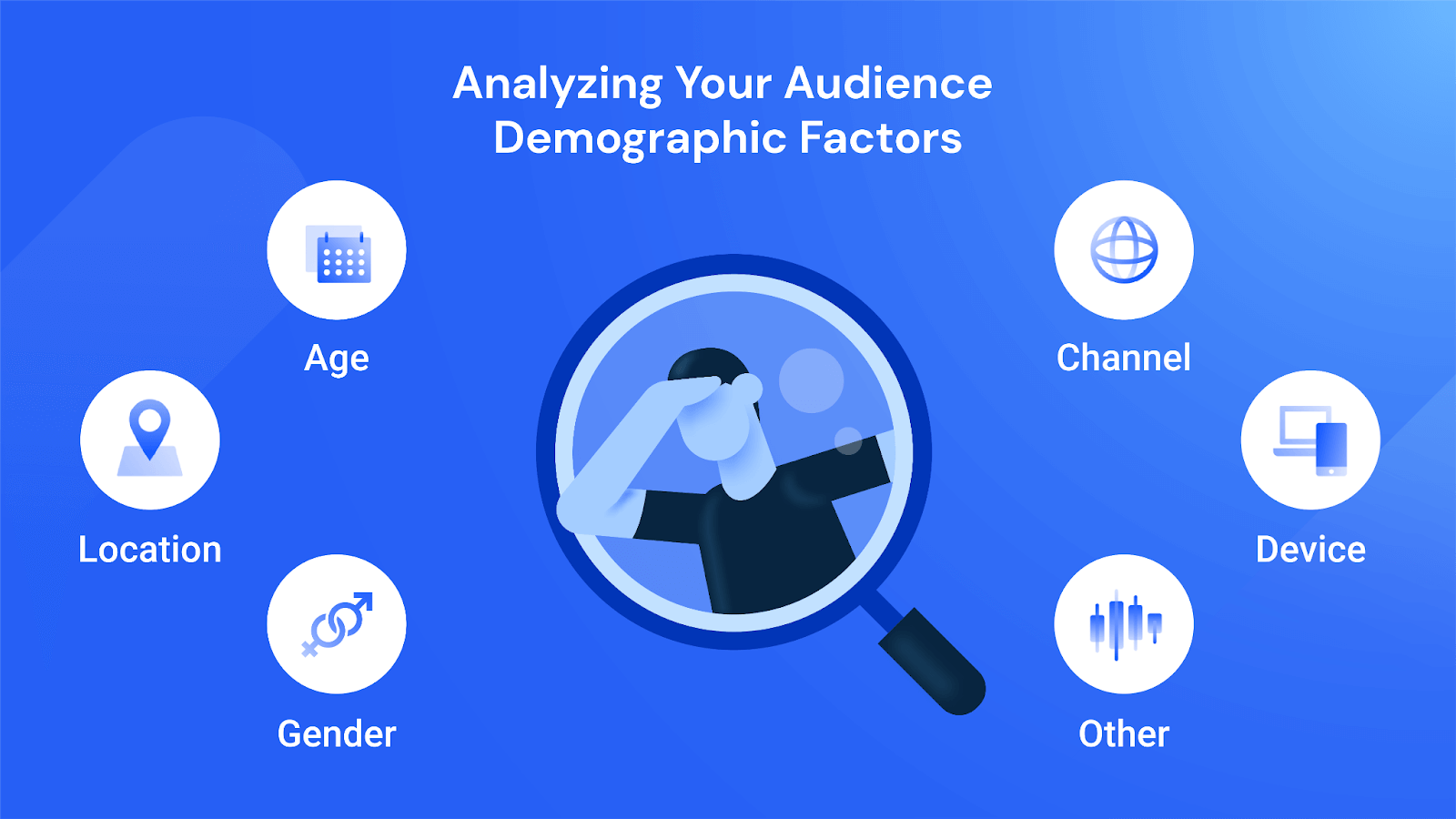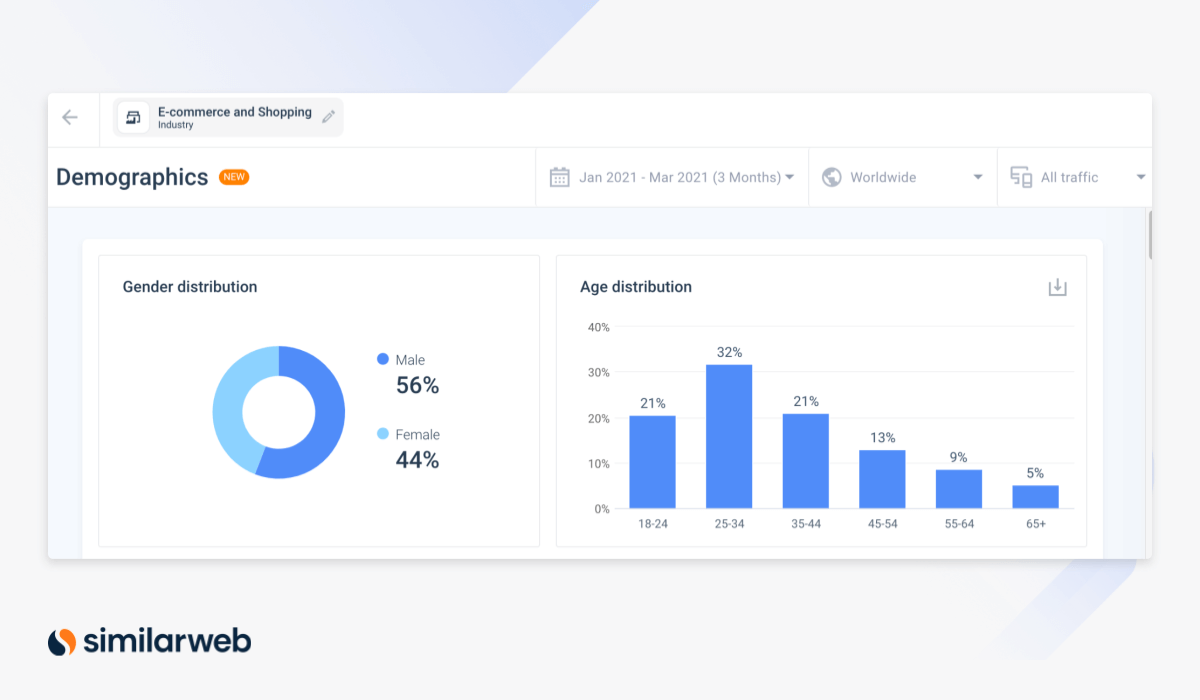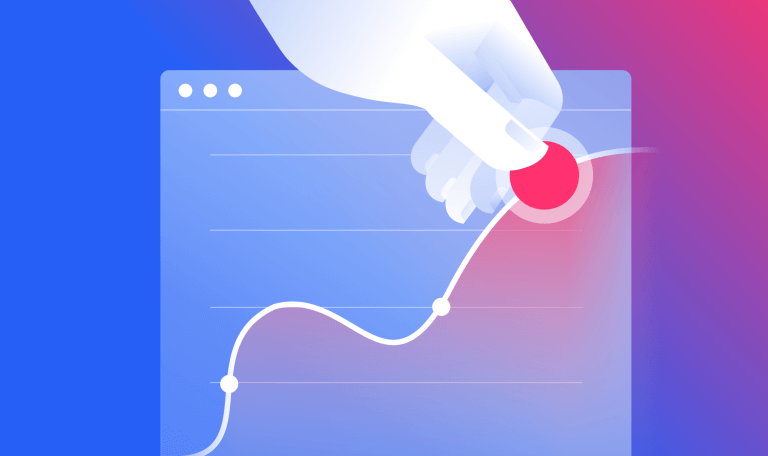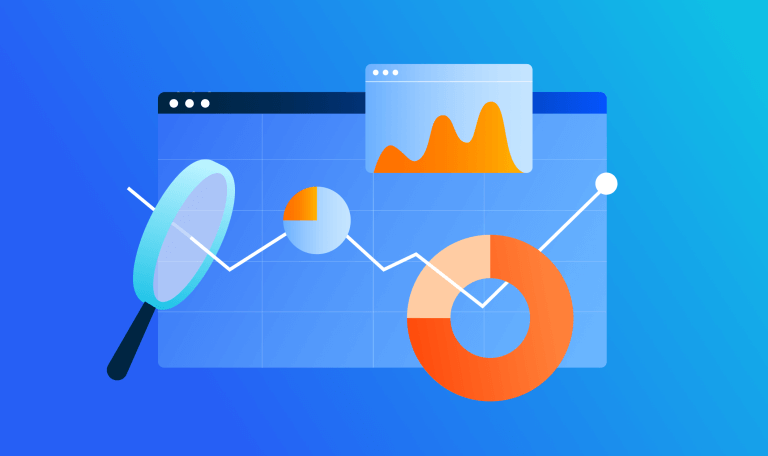Demographic Audience Analysis: The Key to Expanding Your Market

Imagine this: You’re a computer science professor about to speak to your 12-year-old daughter’s class about your work. Only you didn’t consider who you were talking to ahead of time. Standing in front of the students, you realize this isn’t the right audience for your presentation on the latest developments in open-source, low-code languages.
In business as in life, skipping the audience analysis can also lead you to seriously miss the mark. Conducting market research on your target audience enables you to use your resources effectively and connect with your potential customers. Here we’ll examine what is demographic audience analysis and how to do it.
What is demographic audience analysis?
With demographic audience analysis, you study your audience and define your buyer personas according to demographics – statistical data that characterizes a particular group of people.
Demographic analysis means collecting and examining factors, such as age, gender identification, location, education, and income. This is usually the first and easiest step in analyzing your customer base and helps reveal relevant issues and a relatable style. Understanding these characteristics of your audience is critical for marketing campaigns.
How is a demographic audience analysis useful?
What’s the best way to get your audience’s attention, engage and convert them? A great UX/UI design? Consistent, well-written content? Or interactive posts on social media? The truth is, it depends on your marketing strategy and target audience.
Whatever you put in front of your audience needs to resonate with them. When your listeners, viewers, or readers see what they are interested in and need, they are open to offers. The better you understand them, the easier it is to reach them.
The audience expects you to speak their language and use visuals they can relate to. They don’t want marketers and ads to bore them with the info they already know or overwhelm them with facts that make them feel stupid.
Identifying audience website demographics helps you understand expectations, and cultural and social context, which impact consumer behavior and in turn, your audience’s perception of your brand. You may have an idea you think is funny, but if your audience doesn’t get it, it won’t have an impact.
What are the other types of audience analysis?
Besides demographic audience analysis there are a few other types of audience analysis you can use to gather consumer insights during your market research:
Psychographic analysis includes investigating common beliefs, interests, and attitudes. These can be related to religion, culture, a specific socio-economic level, or other social groups such as professional athletes, college graduates, or environmental activists.
Behavioral analysis investigates online behavior. It includes information about how your audience searches and shops, what kind of content they engage with, and how much time they spend on which sites.
Situational analysis includes factors like the size of the audience (how many people you are targeting), the occasion (temporal or seasonal), and the level of interest (strong or low).
Multicultural analysis focuses on defining your consumers’ differences in addition to what they have in common.
What are audience demographics?
Let’s take a look at the main audience demographic data and why they are important:
Age influences cultural expectations, language preferences, and even the best place your audience can be reached. Each generation has its idols and fashions, which impact their taste and sense of value. Historical or political events that happened in their lifetime form their perception of the world they live in.
Location is another highly influential factor. Imagine you are offering sports gear in Alaska as opposed to Dubai. Thermal underwear would not be a big hit in the desert country but is highly useful in the colder country. For sweatbands and dry-fit t-shirts, it’s another story. Other aspects to consider are local fashion and traditions.
Gender may seem irrelevant for certain types of products while critical for others. An in-depth audience analysis can reveal how impactful it is in your industry. You may be surprised how much you can learn when correlating preferences and behavioral patterns with gender distribution.
The channel helps you understand how your audience reaches your site. Learn which marketing channels are most efficient in driving traffic to you and your competitors and find out which generates the highest quality traffic using customer journey analytics from Similarweb or a similar platform. According to your findings, you can optimize your marketing activities.
The device is another relevant factor for websites, which you can see a clear breakdown of with Similarweb. Knowing whether most of your audience accesses your site through mobile or desktop impacts your decisions on how to display content and information and where you want to focus your efforts.
Other demographics include education level, occupation, religion, marital status, income, socio-economic status, and industry-specific factors that can have an influence on your marketing.
Which audience demographic factors should you analyze?
You’ll start by analyzing the five factors listed above. They provide a basic overview of who your audience is and help you answer many important questions in your decision-making. How do millennials behave differently from other age groups, and how can you get them to engage more? Are you able to reach visitors globally, or are you missing specific locations?
Depending on your business, you’ll analyze additional demographic information. As a technological service provider, you might be interested in the position and seniority level in a company to assess the proficiency level and issues the audience faces.
You can also investigate demographic factors that are uniquely relevant to your industry or product. An insurance provider, for example, may measure the average number of cars per household in a target location and compare it with the rate of car thefts to assess the potential for car insurance sales.
How to collect data for your demographic audience analysis
The simple answer is web analytics. All you need is to monitor the demographics of your customers and visitors.
The problem is, with most analytics tools, you can only measure your own stats, which leaves you nothing to compare to. What if similar companies are attracting a different audience and are more successful? What if native advertising is currently the strongest marketing channel for your toughest competitor, and you don’t know it? What if competitors have discovered a less-related keyword that attracts surprisingly high-quality traffic?
Information about your competitor’s audience can help you refine your audience targeting and adapt your marketing efforts and growth strategy accordingly.
The solution
Similarweb’s research analytics provides the data that answers and other information that can help you develop a stronger understanding of your audience.
Learning from your competition can help you find out what works for your audience and what doesn’t. It can also help you tap into an audience that you might not currently reach. For example, the image below shows that asos.com has 72.7% of the market share in Australia compared to competitors zara.com, hm.com, and bershka.com. Asos dominates the market, but it’s clear there is demand that competitors could tap into in Australia. From here they can conduct research to further analyze the target audience with deeper demographic audience analysis in Australia to find the best way to reach this audience.
With Similarweb, you can compare your audience to that of other companies offering your type of product. You can easily see where further opportunities exist and get to know your target market better. Ready to dig deeper into your audience and run your own demographics audience analysis?
Try Similarweb now for free and discover the best path to your true target audience.
Demographic Audience Analysis FAQ
What does demographic audience analysis include?
Demographic audience analysis includes age, gender, religion, ethnic background, class, sexual orientation, occupation, education, group membership, and countless other categories.
What is psychological audience analysis?
Psychological audience analysis is the third category of audience analysis and focuses on attitudes, beliefs, and values.
Get to know your audience on a deeper level
Contact us to set up a call with a market research specialist

